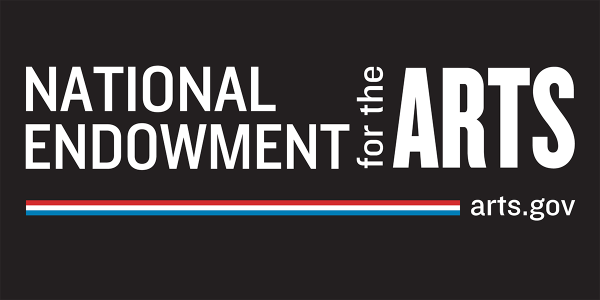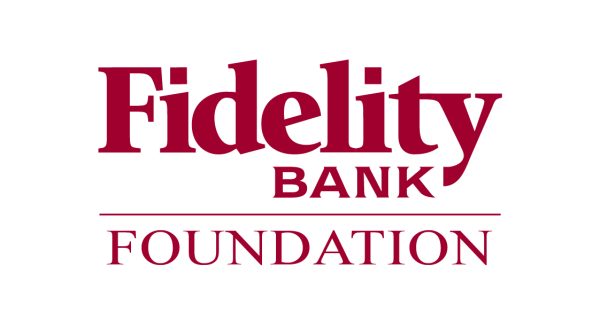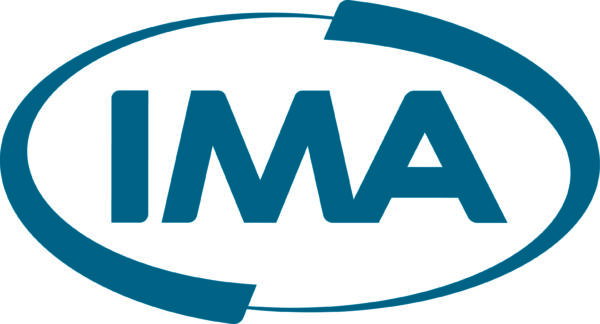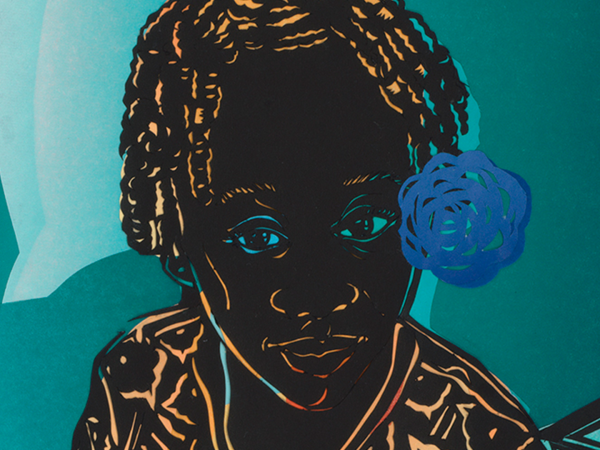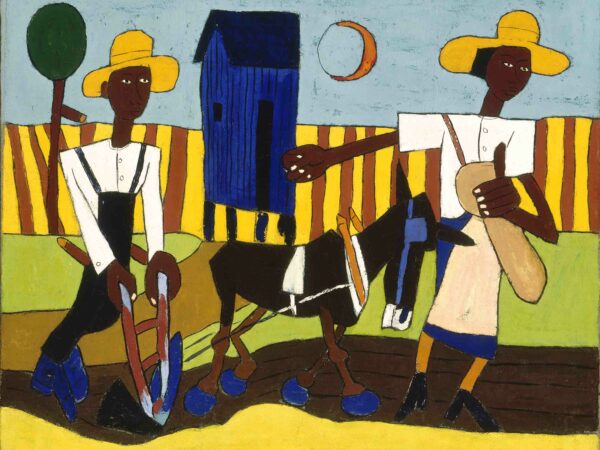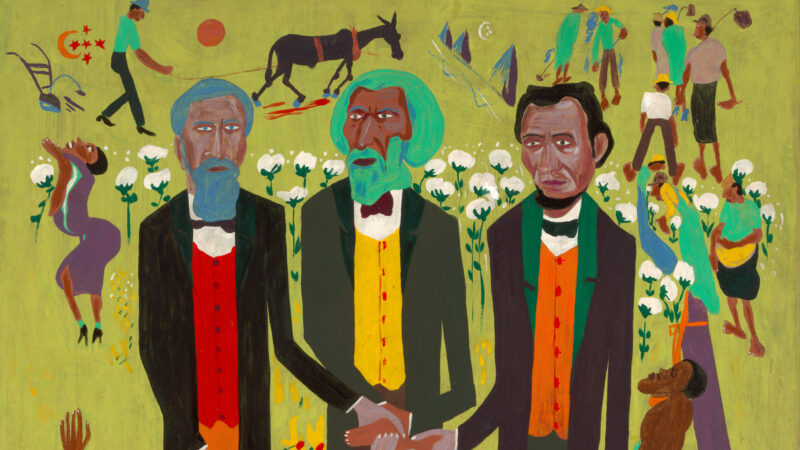
Fighters for Freedom: William H. Johnson Picturing Justice
October 8, 2023 - January 14, 2024
John W. and Mildred L. Graves Gallery
About This Exhibition
Fall at WAM features an exhibition by an important African American artist.
Fighters for Freedom: William H. Johnson Picturing Justice features work by American modernist William H. Johnson, whose 1940s-era series was painted to celebrate African American leaders.
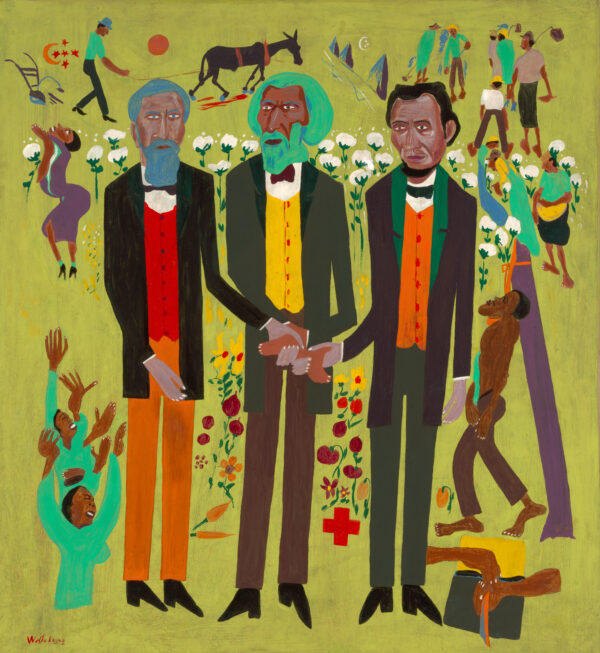
William H. Johnson, Three Great Abolitionists: A. Lincoln, F. Douglass, J. Brown, about 1945. Oil on paperboard, 37 3/8 x 34 1/4 inches. Smithsonian American Art Museum, Washington, D.C. Gift of the Harmon Foundation
Fighters for Freedom: William H. Johnson Picturing Justice
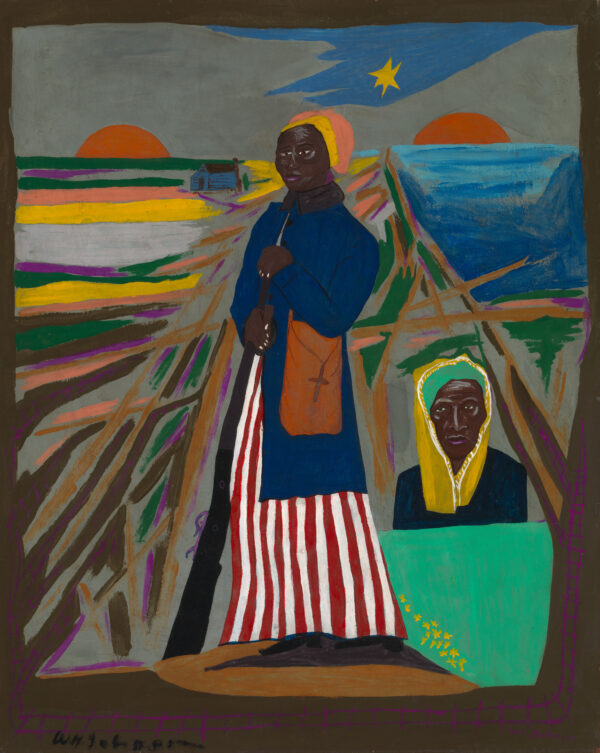
William H. Johnson, Harriet Tubman, about 1945. Oil on paperboard, 28 7/8 x 23 3/8 inches. Smithsonian American Art Museum, Washington, D.C. Gift of the Harmon Foundation
Harriet Tubman. George Washington Carver. Mahatma Ghandhi. All are celebrated—along with less familiar historical figures—by William H. Johnson (1901–1970) in his Fighters for Freedom series. This tribute to African American activists, scientists, teachers, and performers as well as international heads of state was painted in the aftermath of World War II by Johnson, himself an African American artist. Through their stories, he suggests the pursuit of freedom is an ongoing, interconnected struggle, with moments of both triumph and tragedy, and he invites us to reflect on our own struggles for justice today. In Fighters for Freedom, Johnson reminds us that individual achievement and commitment to social justice are at the heart of the American story.
Like the individuals he called Fighters for Freedom, Johnson understood struggle. He was born in Florence, South Carolina, in 1901, but left the Jim Crow South while still a teenager to go to New York City. There he worked at low-skilled jobs, saved money, and built a portfolio that would earn him admission to the National Academy of Design—where he became a star student—in 1921. Five years later, like many artists of his generation, he left for Europe. In France, he painted landscapes and light-struck villages that marked him as an up-and-coming modernist.
In late 1938, with World War II imminent, Johnson and his Danish wife moved to New York. City There, he abandoned the dazzling landscapes of his Scandinavian years to focus on the lives of African Americans in New York City and the rural south. He painted sharecroppers, city hipsters, Black soldiers training for war, scenes inspired by Negro spirituals, and his last series, Fighters for Freedom. Although Johnson died in obscurity after a long health struggle, he is known today as one of the most important African American painters of his generation.
Fighters for Freedom: William H. Johnson Picturing Justice is organized by the Smithsonian American Art Museum. Generous support for this project is provided by Art Bridges.
Fighters for Freedom: William H. Johnson Picturing Justice is organized by the Smithsonian American Art Museum. Generous support for this project is provided by Art Bridges.
PRINCIPAL SPONSORS
DeVore Foundation
The Fidelity Bank Foundation
Sondra Langel
Dwane and Velma Wallace Foundation
DISTINGUISHED SPONSORS
Charles E. Baker and Jim V. Phillips Exhibition Fund
Charles E. Baker
Emily Bonavia
Emprise Bank
Dr. Harold and Mrs. Evelyn Gregg
Sonia Greteman and Chris Brunner
The Gridley Family Foundation
Lou and Terry Heldman
IMA Foundation
The Shaw Family Foundation
Lee and Ron Starkel
Georgia and Keith Stevens
Janice and Jeff Van Sickle
2023 exhibitions and public programs are generously supported by the Downing Foundation. All museum exhibitions receive generous sponsorship from the Friends of the Wichita Art Museum and the City of Wichita. This project is supported in part by the National Endowment for the Arts.
Purchasing a single ticket provides access to both exhibitions.

